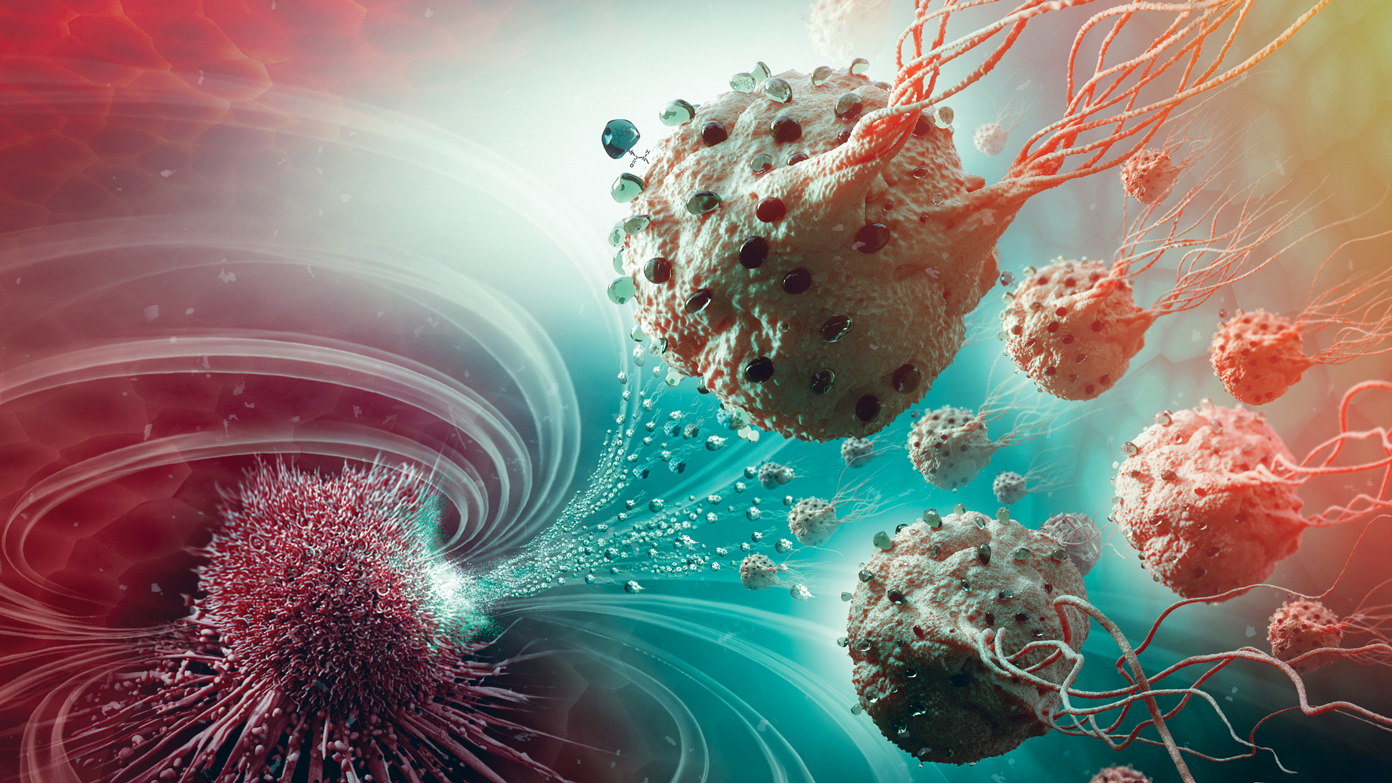Scientists at Scripps Research and the Broad Institute of Harvard and MIT have developed a novel method to identify new drug targets with potential efficacy against multiple types of cancer. Published in Nature Chemical Biology, the research utilized precise gene editing to modify over 13,000 potential drug targets and determine which alterations affected cell growth. By integrating this data with chemical proteomic information, the team identified hundreds of potential drug targets that had not been previously explored.
The approach combines two innovative methods to form a strategy for discovering new cancer treatments, according to senior author Benjamin Cravatt. It provides preclinical information on which protein sites are most likely to impact cancer cell growth, offering valuable insights into potential drug targets.
In recent years, researchers and pharmaceutical companies have shown interest in a class of drugs that permanently bind to cysteines, one of the twenty amino acids that make up human proteins. The unique chemistry of cysteines makes them ideal drug targets, but with hundreds of thousands of cysteines scattered throughout human proteins, narrowing down the relevant ones is challenging. Even among the thousands of proteins crucial to cancer cell growth, there are over 13,000 cysteines.
To address this challenge, the researchers needed a method to pinpoint cysteines that have a functional impact on cancer-related proteins. Inspired by human genetic variation’s role in drug discovery, postdoctoral research associate Haoxin Li combined precise genome engineering techniques with cutting-edge chemical proteomic tools to identify promising cancer therapeutics.
Working with Cravatt’s lab at Scripps Research, Li collaborated with David Liu from the Broad Institute, who had developed base editing, a technique for accurately modifying DNA. Li used base editing to introduce amino acid changes in cancer cells, specifically targeting cysteines. By investigating various cysteine-targeted mutations, Li aimed to gain insights into the most relevant cysteines in cancer cells.
The team edited 13,800 spots on over 1,750 genes known to affect cancer cell survival by targeting cysteines on the corresponding proteins. They evaluated the growth of cancer cells with these cysteine mutations and integrated their findings with data on the druggability of these cysteines. Ultimately, they identified approximately 160 druggable cysteines whose editing impacted cancer cell growth, indicating that targeting these cysteines with drugs could potentially treat cancer.
One of the edits with significant effects was made to the cancer-dependency protein TOE1. While TOE1’s role in trimming RNA molecule ends was known, it had not been studied as a cancer drug target. However, Li and Cravatt’s team demonstrated that small molecules could effectively target TOE1 and disrupt its normal activity, potentially impeding cancer cell growth.
Further research is needed to determine if drugs targeting TOE1 could be beneficial in human patients. However, the initial results suggest that editing cysteines successfully predicts potential drug targets. The research team plans to investigate other newly revealed targets from their experiments and develop next-generation approaches to study druggable cysteines in diseases beyond cancer.
The study, “Assigning functionality to cysteine by base editing of cancer dependency genes,” was co-authored by scientists from Scripps Research, the Broad Institute of Harvard and MIT, Vividion Therapeutics, and UC San Diego.
*Note:
1. Source: Coherent Market Insights, Public sources, Desk research
2. We have leveraged AI tools to mine information and compile it




